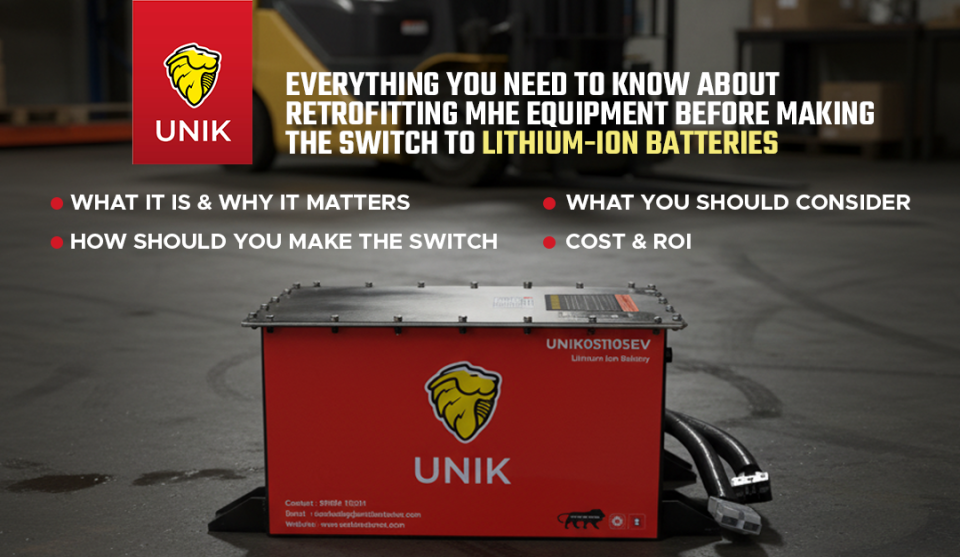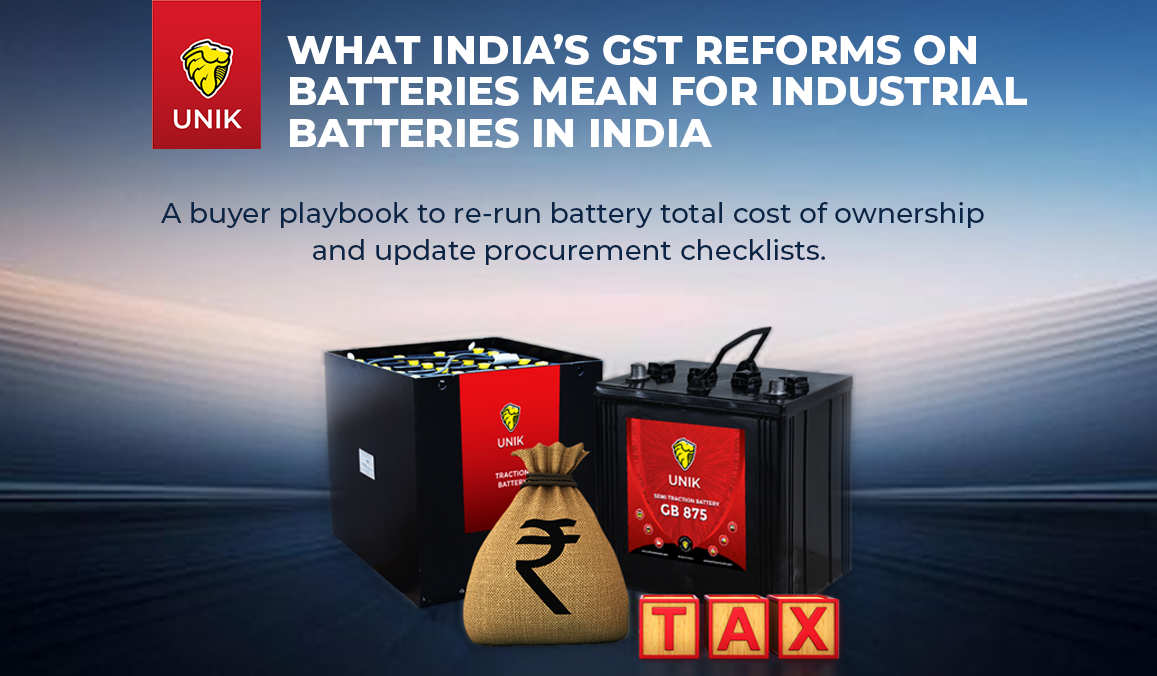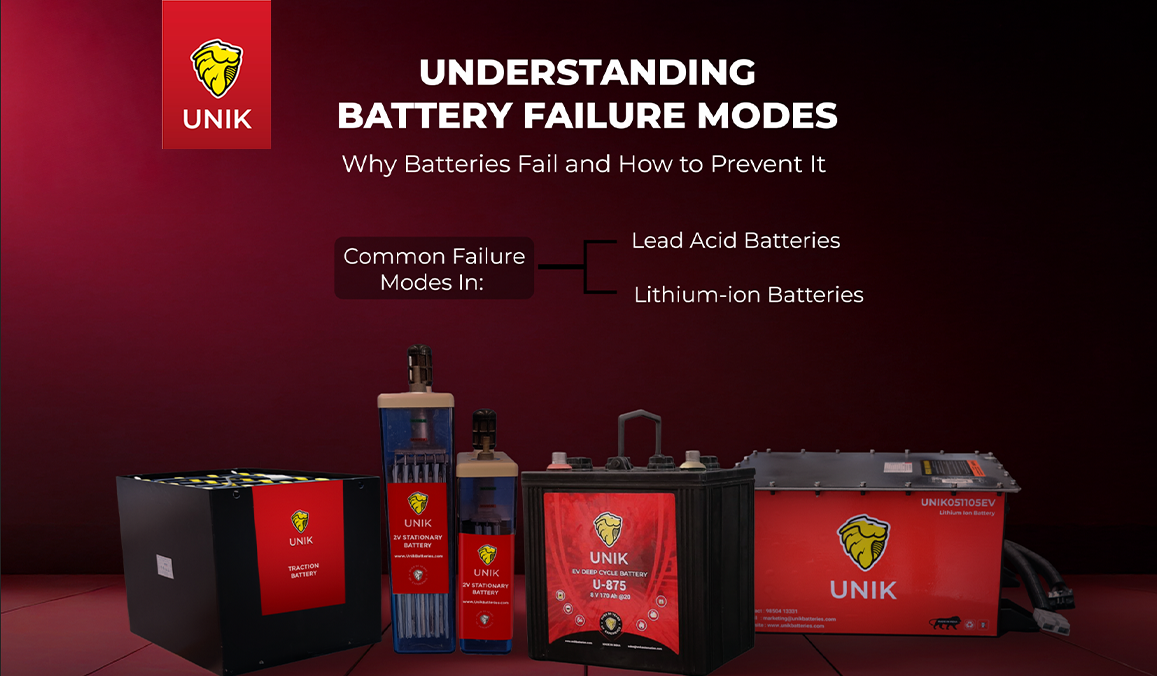UNIK’s Commitment to Quality: The Art and Science of Battery Manufacturing
"Energy is the currency of the universe."
- Albert Einstein
The Art and Science of Battery Manufacturing
Welcome to the fascinating world of battery manufacturing, where the fusion of art and the precision of science give rise to the powerhouses driving our modern world. At UNIK Battery Manufacturing Company, we are devoted to crafting these energy storage marvels with the utmost attention to detail and innovation. New Paragraph
The Science of Battery Chemistry
Battery manufacturing hinges on a profound understanding of chemistry, particularly electrochemistry. Batteries are essentially chemical devices that convert stored chemical energy into electrical energy. Here's a simplified look at how they work:
- Electrochemical Reactions: Inside a battery, two different materials called electrodes (usually one is positive and the other negative) interact with an electrolyte, which is a substance that allows ions to move between them. When you connect the battery to a device, chemical reactions occur at the electrodes. Electrons are released, creating an electric current.
- Cycling: Batteries can discharge and recharge because these chemical reactions are reversible. When you charge a battery, you're essentially reversing the chemical processes that occurred during discharge.
Sustainability in Battery Science
Sustainability plays a vital role in battery science. UNIK is committed to reducing the environmental impact of battery manufacturing. One way we do this is by designing batteries that can be charged using renewable energy sources, such as solar or wind power. This reduces greenhouse gas emissions and contributes to a cleaner planet.
The Art of Customization
Customization is where the artistry of battery manufacturing shines. It involves tailoring power solutions to meet specific needs. For example, our stationary batteries are designed to seamlessly integrate into various industries, providing uninterrupted power to critical systems.
Modular Design for Flexibility
Our modular stationary cells exemplify the art and science of adaptability.
Assembled cells make a battery and modular construction ensures better heat dissipation during an exothermic reaction, hence reliably operating under all conditions.
They allow businesses to assemble power solutions like a puzzle, ensuring efficiency, reliability, and flexibility.
As you explore the intricate world of batteries, we invite you to discover our range of battery products at UNIK. Our passion for innovation, commitment to sustainable solutions, and deep understanding of battery chemistry drive us forward. Whether you need batteries for heavy machinery, electric vehicles, or critical systems, we offer solutions that combine the art and science of battery manufacturing.
Let's embark on a journey towards a greener, electrifying world together!
Your Partner in Power,
UNIK Battery Manufacturing Company






